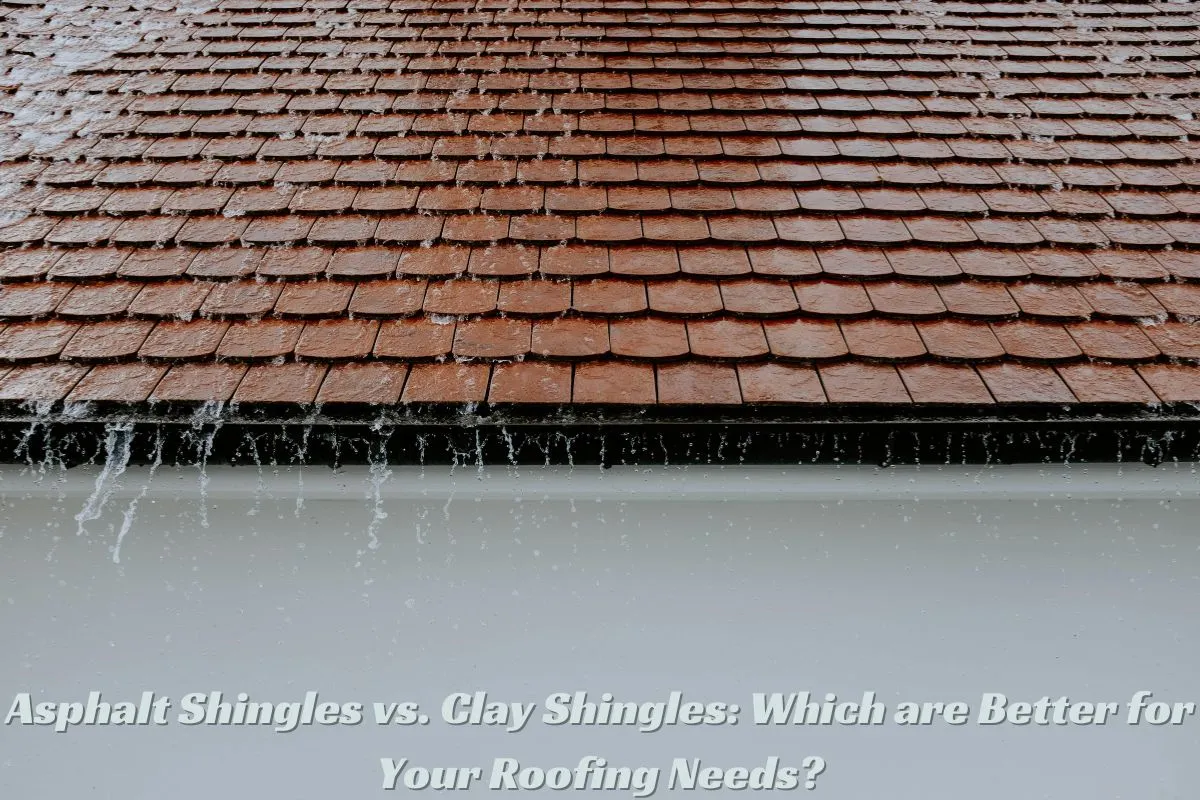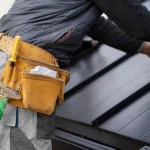Choosing the right roofing material is one of the most important decisions homeowners face when building or renovating a home. The roof not only protects the structure from the elements but also plays a major role in curb appeal, energy efficiency, and long-term maintenance costs. Among the many options available, asphalt shingles and clay shingles are two of the most popular choices. Each offers distinct advantages and drawbacks depending on climate, budget, and aesthetic preferences. This article explores the key differences between asphalt and clay shingles to help you determine which is better suited for your roofing needs.
Durability and Lifespan
One of the most significant factors in choosing a roofing material is how long it will last. Asphalt shingles typically have a lifespan of 15 to 30 years, depending on the quality of the product and the climate in which they are installed. They are designed to withstand moderate weather conditions, including rain, wind, and snow, but may degrade faster in areas with extreme heat or frequent hail.
Clay shingles, on the other hand, are known for their exceptional longevity. With proper installation and maintenance, clay tiles can last 50 to 100 years or more. They are highly resistant to fire, rot, and insect damage, and they perform well in hot climates due to their natural thermal resistance. However, clay shingles are more brittle than asphalt and can crack under heavy impact or if walked on improperly.
Cost and Installation
Cost is often a deciding factor for homeowners, and asphalt shingles are generally the more budget-friendly option. They are inexpensive to manufacture, widely available, and relatively easy to install. This makes them a popular choice for new construction and roof replacements, especially for those working within a tight budget.
Clay shingles are significantly more expensive, both in terms of material and labor. The tiles themselves cost more to produce, and their installation requires specialized skills and additional structural support due to their weight. Homes must be evaluated to ensure they can bear the load of a clay tile roof, which can add to the overall expense. While the upfront cost is higher, the long-term value of clay shingles may offset the initial investment for homeowners planning to stay in their homes for decades.
Aesthetic Appeal and Style Options
When it comes to appearance, both asphalt and clay shingles offer attractive options, but they cater to different architectural styles. Asphalt shingles are available in a wide range of colors and textures, including designs that mimic wood, slate, or tile. This versatility allows them to complement various home styles, from traditional to contemporary.
Clay shingles are often associated with Mediterranean, Spanish, and Southwestern architecture. Their rich, earthy tones and curved profiles create a distinctive look that adds character and elegance to a home. While color options are more limited than asphalt, clay tiles maintain their appearance over time without fading, which contributes to their enduring charm.
Climate Suitability and Energy Efficiency
Climate plays a crucial role in determining the best roofing material. Asphalt shingles perform well in cooler and moderate climates but may deteriorate faster in regions with intense sun exposure or frequent temperature fluctuations. They absorb heat, which can increase cooling costs in warmer areas unless reflective coatings are applied.
Clay shingles are ideal for hot climates due to their natural ability to reflect sunlight and insulate against heat. Their thermal properties help regulate indoor temperatures, reducing the need for air conditioning and lowering energy bills. Additionally, clay tiles are highly resistant to damage from UV rays and salt air, making them a smart choice for coastal regions.
Maintenance and Repairs
Maintenance requirements differ significantly between the two materials. Asphalt shingles are relatively low maintenance but may require periodic inspections and repairs due to curling, cracking, or granule loss. Replacing damaged shingles is straightforward and inexpensive.
Clay shingles require less frequent maintenance but are more challenging to repair when damage occurs. Cracked tiles must be replaced carefully to avoid disturbing surrounding tiles, and sourcing matching replacements can be difficult if the original tiles are no longer manufactured. Despite these challenges, clay shingles generally require fewer repairs over their lifespan.
For homeowners seeking expert guidance and reliable installation, those like Ace Roofing Company offer professional services tailored to both asphalt and clay roofing systems. Their experienced team can help assess your home’s structural needs, budget, and aesthetic preferences to recommend the best solution for long-term performance and satisfaction.
Conclusion
Both asphalt and clay shingles have their merits, and the best choice depends on your specific roofing needs. Asphalt shingles offer affordability, ease of installation, and design flexibility, making them a practical option for many homeowners. Clay shingles provide unmatched durability, energy efficiency, and timeless beauty, though they come with a higher upfront cost and more complex installation requirements.
By weighing factors such as climate, budget, style, and long-term goals, you can make an informed decision that enhances your home’s value and comfort. Whether you opt for the practicality of asphalt or the elegance of clay, investing in quality materials and professional installation will ensure your roof stands the test of time.










